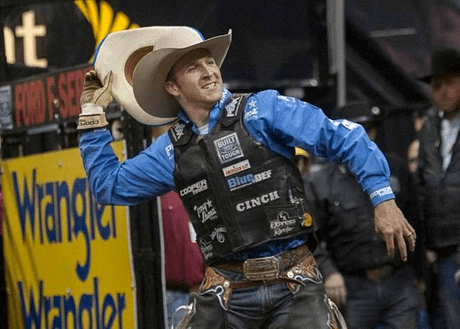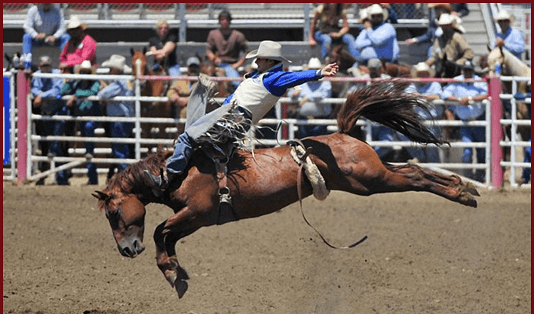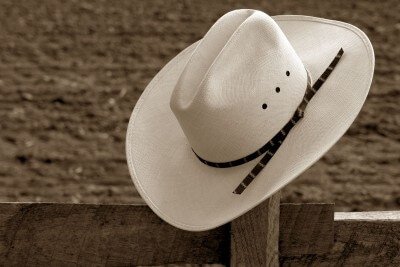Bull Rider, J.W. Harris, 2008 Wrangler Nat’l Finals Winner
How exactly J.W. Harris got started riding bulls, and what he has gone through to get to be the winner of the 2008 Wrangler National Finals Rodeo. He raises bulls too. His father rode bulls and J.W. admired his father and is taking right after him. He was in 105 events last year. Professional bull riding is his passion. MORE on Bull Riding New Book From Black Champion Bull Rider « The Hip Hop Cosign - If you've ever watched a bull rider desperately hang on to the back of a bull till the buzzer sounds or shaken your head in amazement as a cowboy picks himself off the ground after being tossed around like a rag doll, Abe Morris' book, ...




